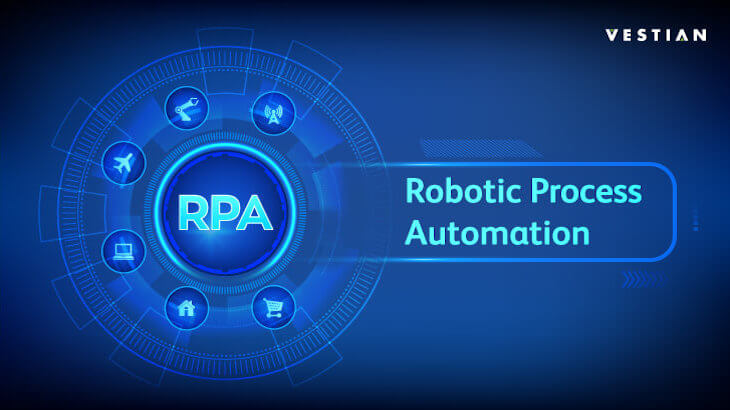Robotic Process Automation or RPA is expected to proliferate exponentially with global spends on RPA projected to reach $2.4 billion in 2022 from a mere $680 million in 2018 (Gartner). RPA involves the deployment of software robots, called “bots,” to perform tasks that are typically time consuming, repetitive, tedious and highly scalable. This, in turn increases operational efficiency and reduces costs in the long run. What it also does is free up employees who were engaged in some of these tasks to do higher value tasks, which may or may not require reskilling or upskilling.
Given the current situation, many companies have had to rethink their workplace strategy, including use of various technologies available. Not only is RPA seeing wider adoption, it is also offering a wide range of advantages.
In commercial real estate and facility management too, RPA finds applications. Right from bots performing tasks such as data entry and migration, data extraction, accounts receivables, occupancy data , responding to vendor/ customer queries, maintaining databases, to bots that can carry out cleaning of anything right from light fittings to floor and walls, the potential is immense. In FM specifically, fleet management, equipment & parts management, vendor management, purchase management, dashboard and reporting, order & customer management, all can be streamlined with RPA.
The overall success of RPA lies in selecting the right set of processes that can be automated for the best ROI. Each company has various kinds of repetitive tasks that are time consuming, demand accuracy but do not require any decision making. Here RPA can play a huge role, as unattended bots can perform rule-based tasks and don’t require human intervention to be completed. RPA can be embedded into traditional business models where bots can perform tasks like receiving or collating data via emails, filling forms & transferring data to templates or systems, performing calculations and pre-defined adjustments as well as extracting structured data from documents. These robots add to a business as they are efficient, can be operated 24×7 and take a fraction of the time that it normally takes a person, with a high degree of accuracy.
Retail giant, Walmart has deployed around 500 bots to automate most practices ranging from employee questions to retrieving useful information from audit documents. Processes driven by RPA can manage interaction with customers online and process transaction smoothly without the customer knowing that they are dealing with a bot. Like, American Express Global Business Travel uses RPA to automate the process for cancelling an airline ticket and issuing refunds, with further plans to facilitate automatic rebook recommendations in the event of airport shutdowns, etc.
SoftBank Robotics apart from its autonomous cleaning solutions, is also reinventing concierge services – the company is working on Pepper, the world’ s first humanoid with basic emotions. Pepper can chat, interact and inform and entertain guests. Similarly, ViaBot is working on RUNO, an autonomous multi-functional robot that can take care of outdoor maintenance tasks – it will be able to clean, sweep, cut grass and power wash a property.
In recent times, we have seen governments and healthcare companies use bots extensively to manage and sort citizen/ employee health data and track the incidence of new COVID-19 cases.
What is great about RPA is that it is an ROI positive investment. It does not require an overhaul of your current existing systems. It blends/complements with the current system and gives you the benefits of improved performance. With technology becoming more affordable, the barriers to adoption have also come down; especially with the current pandemic shaking us out of our comfort zones and catalyzing us to act in a way that is quick and efficient.

